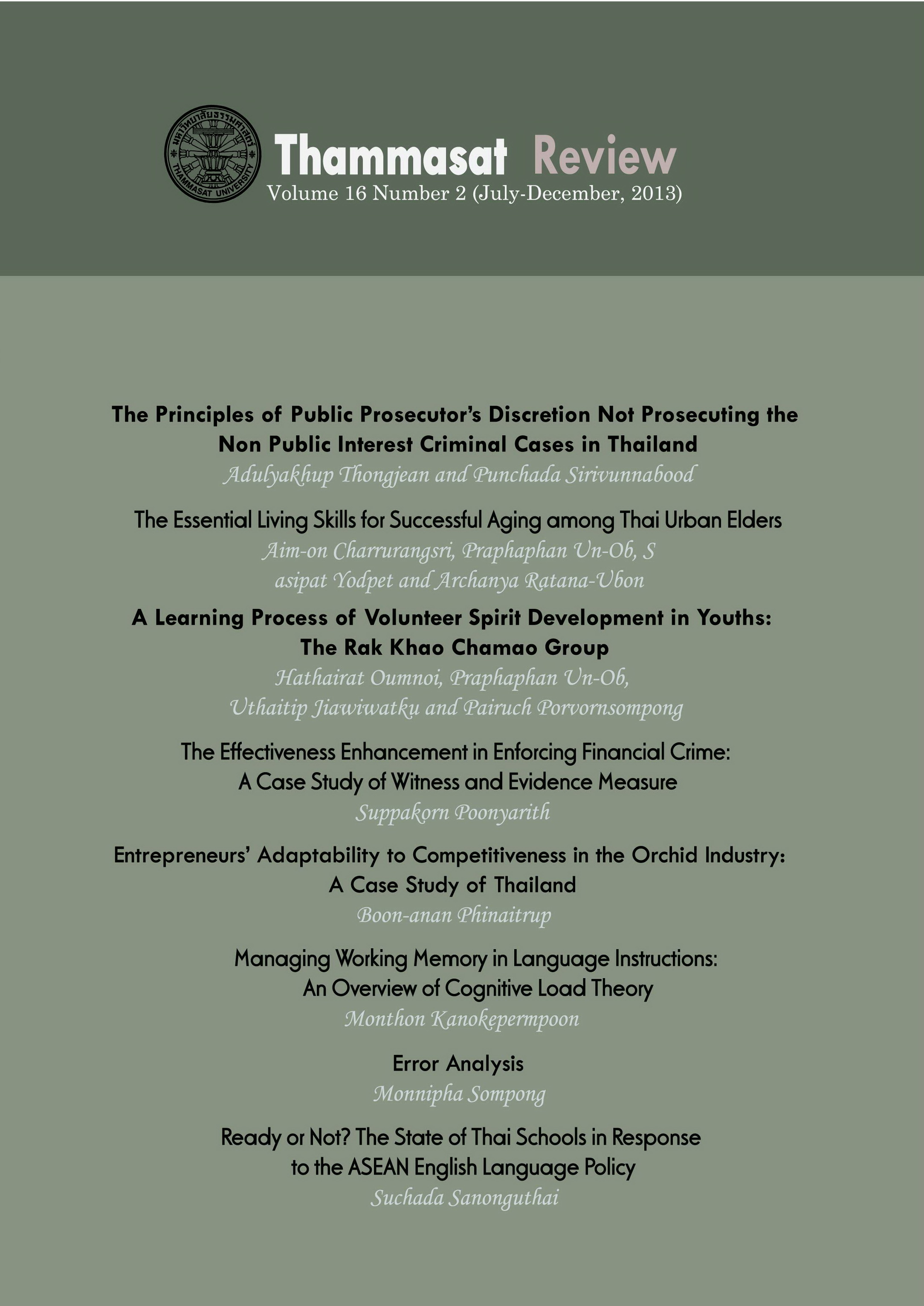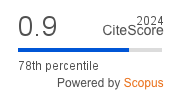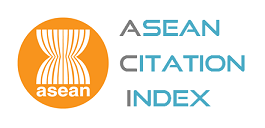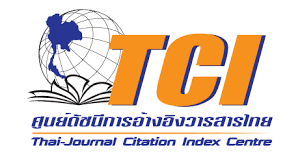Managing Working Memory in Language Instructions: An Overview of Cognitive Load Theory
Abstract
Cognitive Load Theory (CLT) deals with different types of load available in human working memory and how to manipulate instructional designs so that working memory can be available for learning. Designing relevant instructional materials based on CLT can help promote students’ language learning based on research studies in language education when intrinsic cognitive load is hold stable, extraneous cognitive load is low, and germane cognitive load is high. Major areas of instructional designs which pose great challenges on language education include split-attention, modality effect, worked example and completion problem effect, and redundancy effect. Suggestions based on research studies in vocabulary, grammar, reading, writing, and listening-speaking are explored so that capacity in working memory can be enhanced, suitable for language learning.
Keywords: Cognitive Load Theory, instructional designs, instructional materials, language education, language learning and instructions
Downloads
How to Cite
Issue
Section
License
The opinions and ideas expressed in all submissions published in Thammasat Review are solely that of the author(s) and do not necessarily reflect that of the editors or the editorial board.
The copyright of all articles including all written content and illustrations belong to Thammasat Review. Any individuals or organisation wishing to publish, reproduce and distribute a particular manuscript must seek permission from the journal first.








